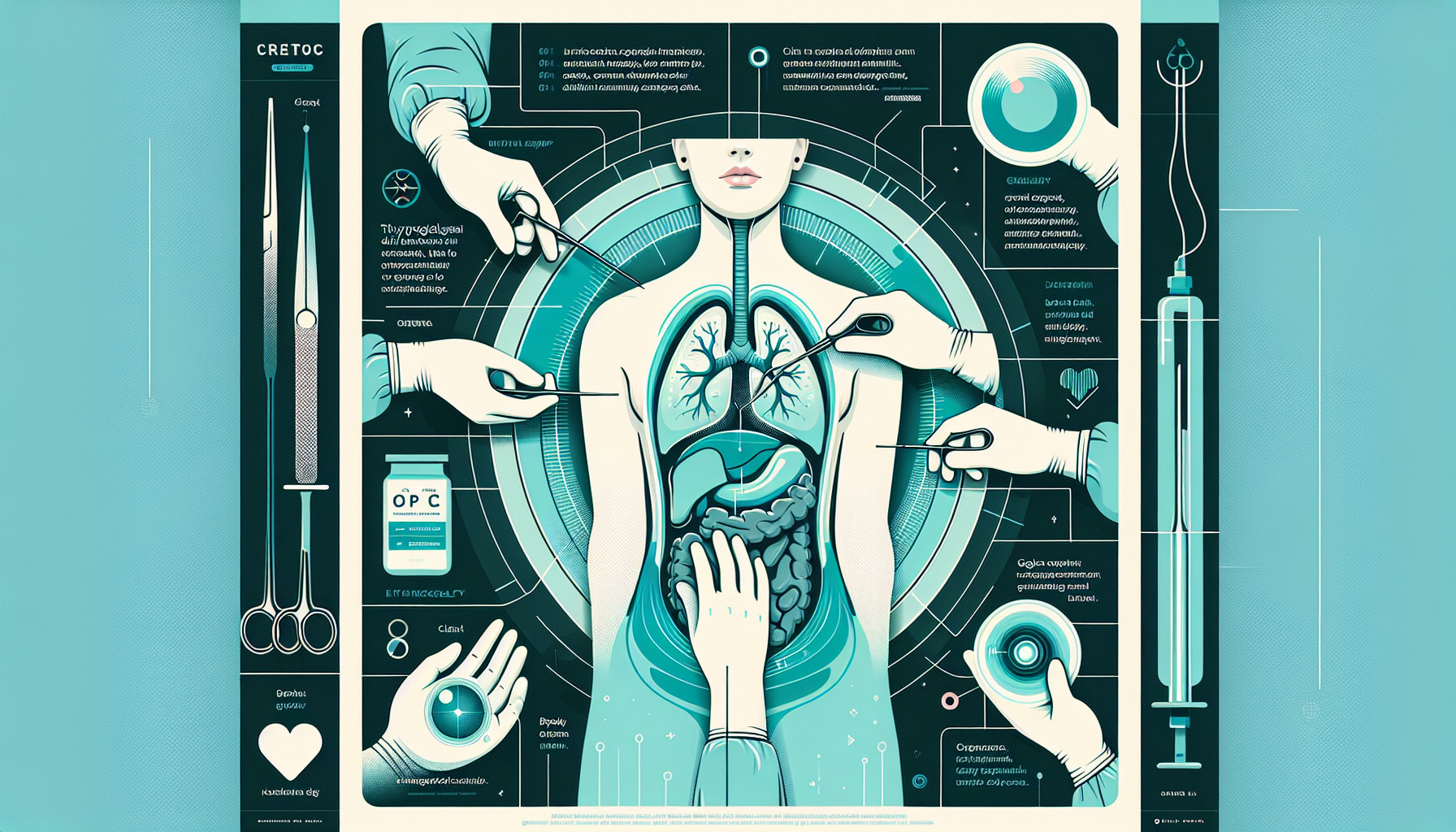Our Summary
This research paper explores a new surgical approach to removing thyroglossal duct cysts, a common type of neck cyst, through an incision in the submental area (under the chin) rather than the front of the neck. This approach, called the Sistrunk procedure, is being studied for its potential benefits in terms of both clinical outcomes and cosmetic appeal.
The study followed 152 patients who underwent this procedure. The operation took an average of 36 minutes, with the incision being around 3 cm long. The post-surgery complications were minimal with only a few cases of hematoma (blood clot), surgical site infection, and difficulty swallowing. On the first day after surgery, patients rated their pain as 2 out of 10. After 6 months, patients were generally satisfied with the appearance of their scars and the lack of neck and facial deformities.
The study concluded that this new surgical approach is safe, reliable, and has the added benefit of leaving a less noticeable scar. The scar is naturally hidden under the chin, making it a cosmetically preferable option. This new technique did not increase the operation time, and it was easy to perform.
FAQs
- What is the new surgical approach to removing thyroglossal duct cysts?
- What are the potential benefits of the Sistrunk procedure?
- How did patients respond to this new surgical approach in terms of pain and satisfaction with their scars?
Doctor’s Tip
A helpful tip a doctor might tell a patient about thyroglossal duct cyst removal using the Sistrunk procedure is to follow post-operative care instructions closely to ensure proper healing and minimize complications. This may include keeping the incision area clean and dry, avoiding strenuous activities, and attending follow-up appointments with your healthcare provider. Additionally, maintaining good neck hygiene and avoiding smoking can also aid in the healing process. If you experience any unusual symptoms or complications, be sure to contact your doctor promptly.
Suitable For
Patients who are typically recommended thyroglossal duct cyst removal include those who have symptoms such as difficulty swallowing, pain, or swelling in the neck area. Additionally, patients who have recurrent infections or abscesses associated with the cyst may also be recommended for surgical removal. In some cases, the cyst may be causing cosmetic concerns due to its appearance on the neck, which could also lead to a recommendation for removal.
Overall, patients who are experiencing symptoms related to a thyroglossal duct cyst or have concerns about the cosmetic appearance of the cyst may be recommended for surgical removal. The new approach of using the Sistrunk procedure, with an incision under the chin, may offer additional benefits in terms of cosmetic outcomes and patient satisfaction.
Timeline
- Before thyroglossal duct cyst removal:
- Patient may notice a painless lump or swelling in the neck area
- Patient may experience difficulty swallowing or breathing
- Doctor may perform imaging tests such as ultrasound or CT scan to diagnose the cyst
- Surgery may be recommended to remove the cyst if it is causing symptoms or growing in size
- After thyroglossal duct cyst removal:
- Patient undergoes the Sistrunk procedure, involving a small incision under the chin
- Surgery typically takes around 36 minutes
- Post-surgery complications are minimal, with some cases of hematoma, infection, or difficulty swallowing
- On the first day after surgery, patients rate their pain as 2 out of 10
- After 6 months, patients are generally satisfied with the appearance of their scars and lack of deformities
- The new surgical approach is found to be safe, reliable, and cosmetically appealing, with a less noticeable scar under the chin.
What to Ask Your Doctor
Some questions a patient should ask their doctor about thyroglossal duct cyst removal using the Sistrunk procedure include:
- What are the potential risks and complications associated with this procedure?
- How long is the recovery period, and what can I expect in terms of pain and discomfort?
- Will I have a visible scar after the surgery, and how can I expect it to heal over time?
- How many times have you performed this procedure, and what is your success rate with it?
- Will I need any follow-up appointments or additional treatments after the surgery?
- Are there any specific post-operative care instructions I should follow to ensure a successful recovery?
- What are the chances of the cyst reoccurring after the surgery?
- How long will I need to take off work or school after the procedure?
- Are there any restrictions on physical activity or diet that I should be aware of after the surgery?
- Can you provide me with before and after photos of patients who have undergone this procedure to get an idea of the potential results?
Reference
Authors: Roh JL. Journal: World J Surg. 2022 Jun;46(6):1431-1437. doi: 10.1007/s00268-022-06493-1. Epub 2022 Feb 23. PMID: 35195754
